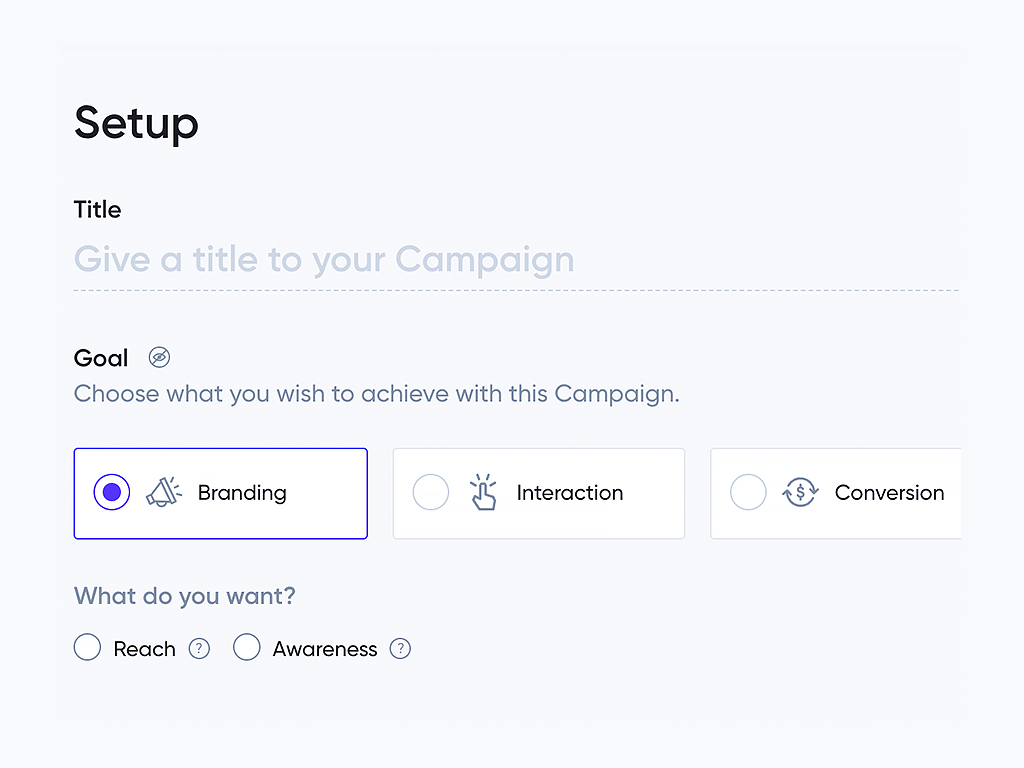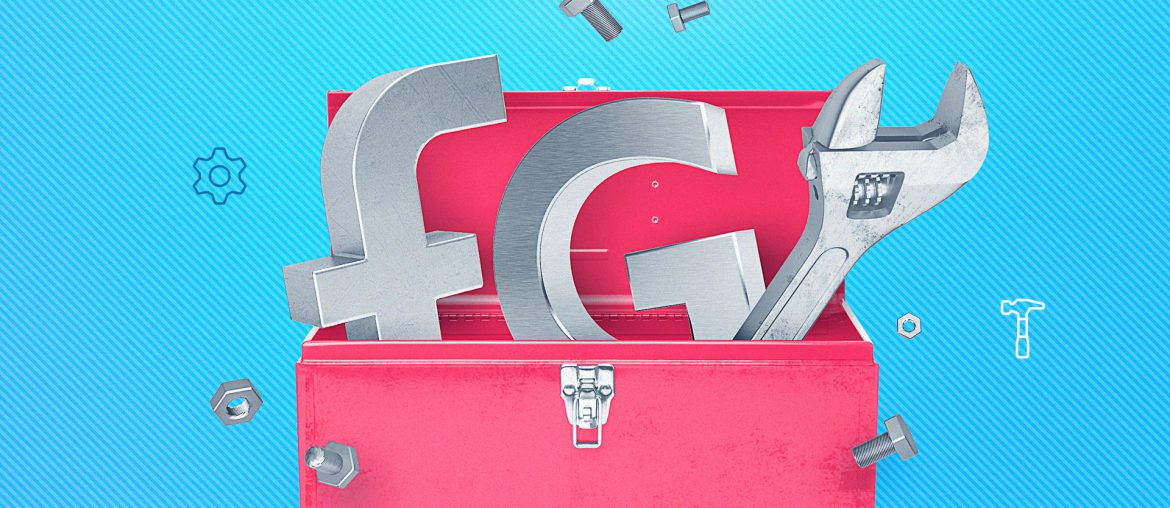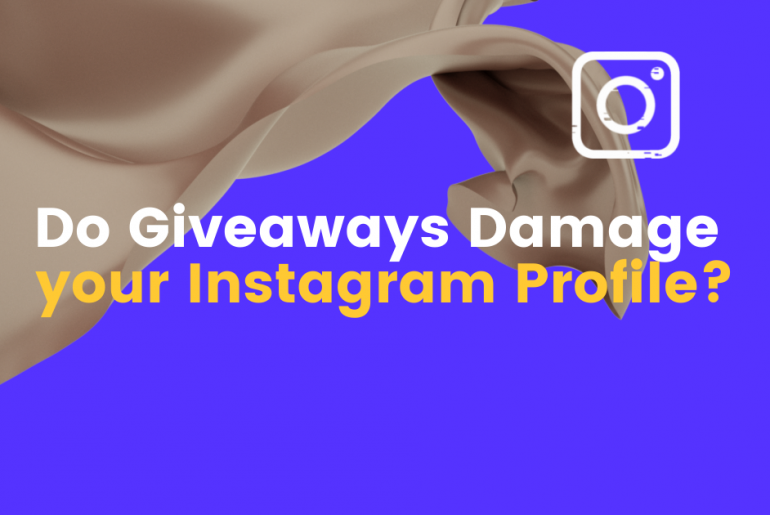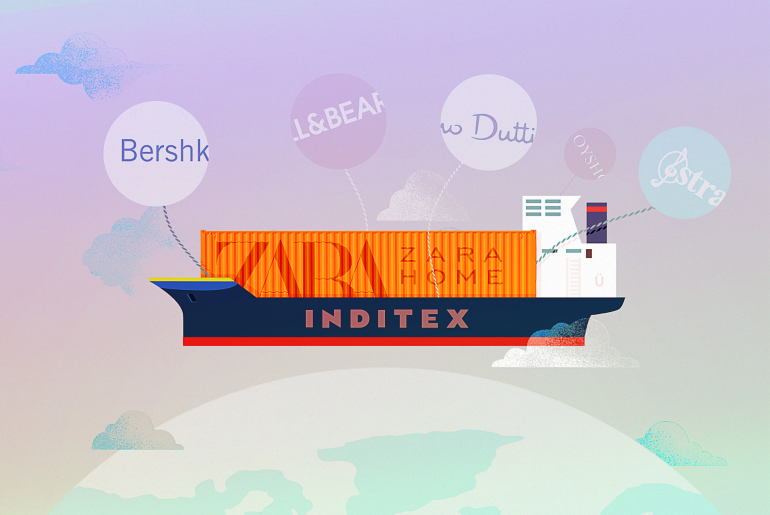The digital ad spend for 2019 is estimated at a staggering 300 billion EUR. That is roughly half of all the ad spend in the World combined.
Google is the largest ad seller in the World, accounting for 93 billion EUR, close to one-third of the entire digital ad spend. Facebook is second, with almost 61 billion EUR. Which means these two internet juggernauts account for almost half of the money spent on online advertising, during 2019.
Google Ads (previously Google Adwords) and Facebook ads are the platforms behind these money-printing businesses.

Google Ads
Launched in October of 2000, it is the quintessential online advertising platform. Its success is entrenched in its premisse: the moment people are searching for something is the perfect timing to show them such products.
Nowadays, thousands of agencies and independent professionals implement Google Ads campaigns. There are tons of tutorials, online courses and other learning materials that help digital marketing practitioners learn and improve. Google did a tremendous grass-roots work developing materials and evangelising companies and decision-makers to the importance and benefits of such campaigns.
Facebook Ads
This highly successful digital advertising platform takes a completely different approach from its counterpart. Ingrained in a plethora of social knowledge of its users, Facebook developed an exceptionally effective algorithm to profile its users. This, in turn, allows Facebook to serve remarkably well targeted ads.
Facebook mimicked Google’s strategy and developed extensive content to help spread knowledge and train a generation of skilled advertisers into their platform.
Influencer Marketing
The digital revolution that ignited with the internet and with smartphones shifted eyeballs away from traditional media, like print, cinema, radio and tv, towards new media, like the web and social networks. Hence the rise of the two behemoths aforementioned.
During that process, another social phenomena started to rise. Content creators, also known as influencers, started to build up large audiences. People interested in their content regularly came back to their channels to see what the influencers were saying. These followers avidly devoured the content, whether video, image or text.
And where eyeballs and attention are, brands soon join. And thus influencers started to collab with brands as channels to disseminate their messages.
The Influencer Marketing (IM) industry is still in its infancy. Although the numbers are already impressive, industry reports foresee explosive growth ahead.
Global spending on influencer marketing has skyrocketed in recent years, rising from an estimated $2 billion in 2017 to about $8 billion in 2019. One forecast shows that spending is expected to jump to $15 billion by 2022.
Harvard Business School
The magnitude of brands adding IM to their marketing mix is impressive. Many brands are becoming influencer-centric, some even go as far as becoming Influencer Marketing exclusive. And not just small or boutique brands. Estée Lauder is currently allocating 75% of its marketing budget to influencers.
How to implement digital campaigns?
Implementing ad campaigns in Google and Facebook is quite simple. Both companies created workflows that start with a seminal task: defining the campaign goal.
Examples of goals are interaction, or conversion.
| 📚 | Each advertising platform uses its own terminology, adapted to the social network itself. You can consult Facebook and Google‘s detailed explanation. |
Using goals gives the advantage of focusing the brand on the most important thing, whatever that may be. As opposed to a mindset of “everything is important, let’s create a campaign to generate awareness, consideration and increase sales”.
Defining the goal also helps the platform to guide you through the campaign creation process, by showing the options available for that specific goal and making educated suggestions.
Google Ads: available campaign types and goals
| Display | Video | Search |
| Sales, leads, website traffic, product & brand consideration, brand awareness & reach. | Sales, leads, website traffic, product & brand consideration, brand awareness & reach | Sales, leads, website traffic |
| Shopping | App | |
| Sales, leads, website traffic | App promotion |
Facebook Ads: available campaign types and goals
| Awareness | Consideration | Conversion |
| Brand awareness, reach. | Traffic, engagement, app installs, video views, lead generation, messages. | Conversions, catalog sales, store traffic. |
Influencer marketing goals and campaign types
Here is Primetag’s approach to campaign goals on its platform of Influencer Marketing:
| Branding | Interaction | Conversion | |||
| Reach | Awareness | Traffic | Engagement | Conversion | Sales |
Spread your message | Increase your brand awareness | Drive traffic to a website or an e-commerce | Generate interactions on your branded posts | Generate app installs, registrations and inbound | Increase your business revenues |

Whether you are using Google, Facebook or Primetag, the first step is always to define the campaign goal. Now that we have established that, we should move on to the next step: choosing the right goal for your campaigns.
Influencer Marketing Strategy: Choose the Right Goal for Your Campaigns




